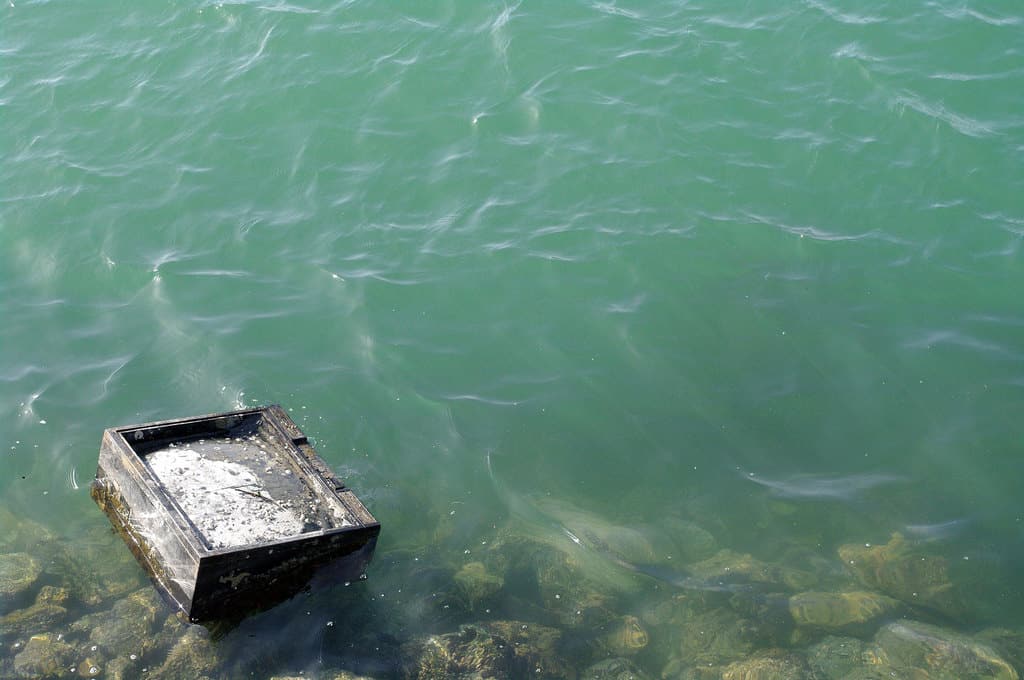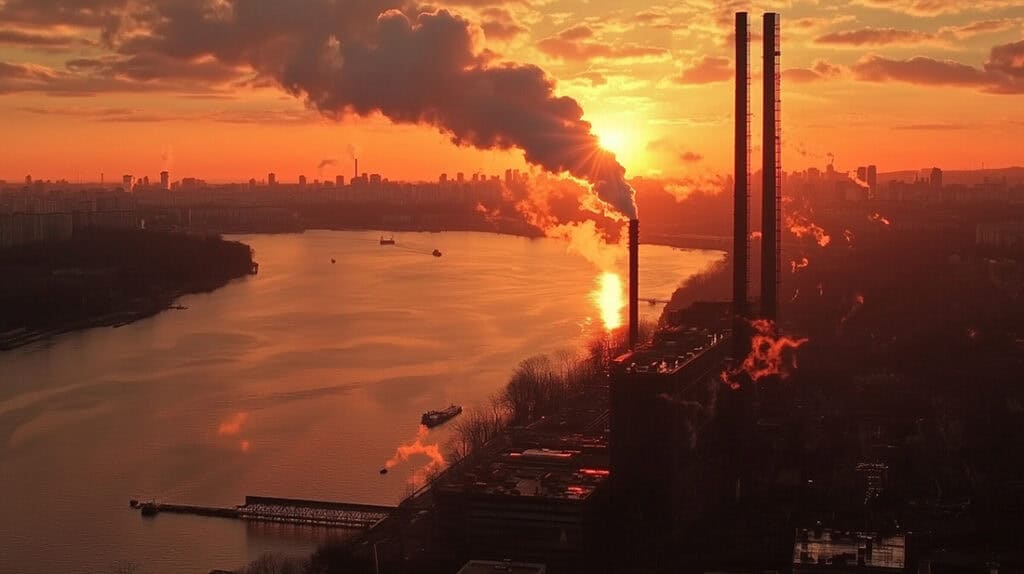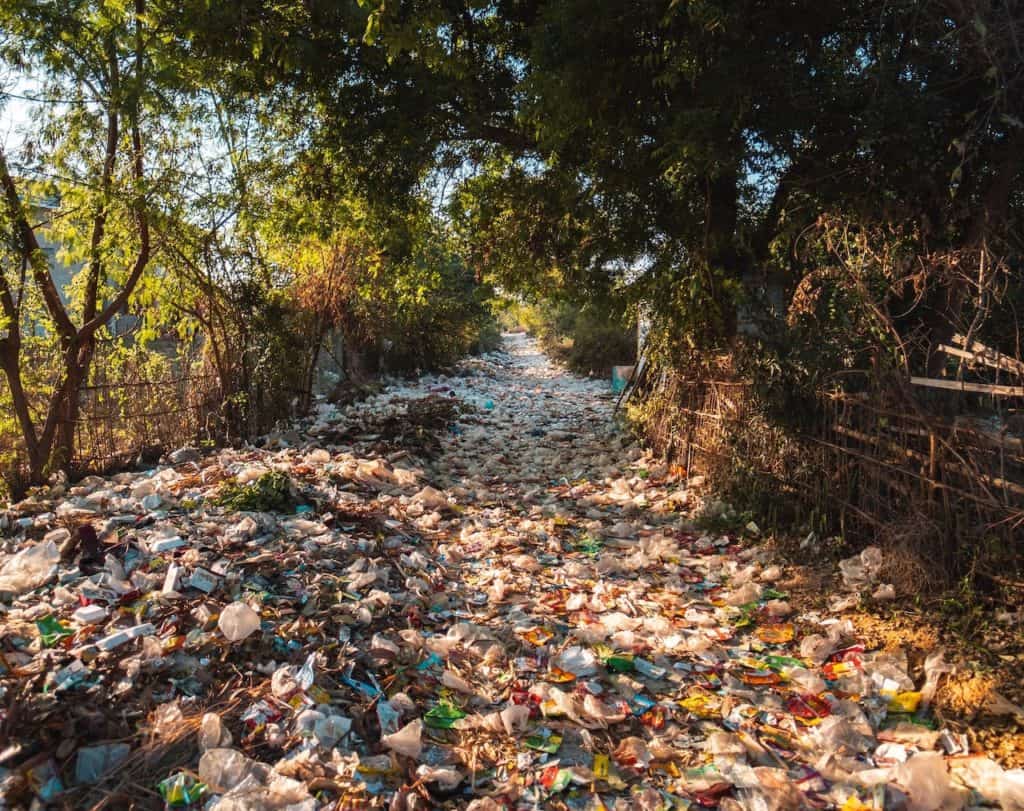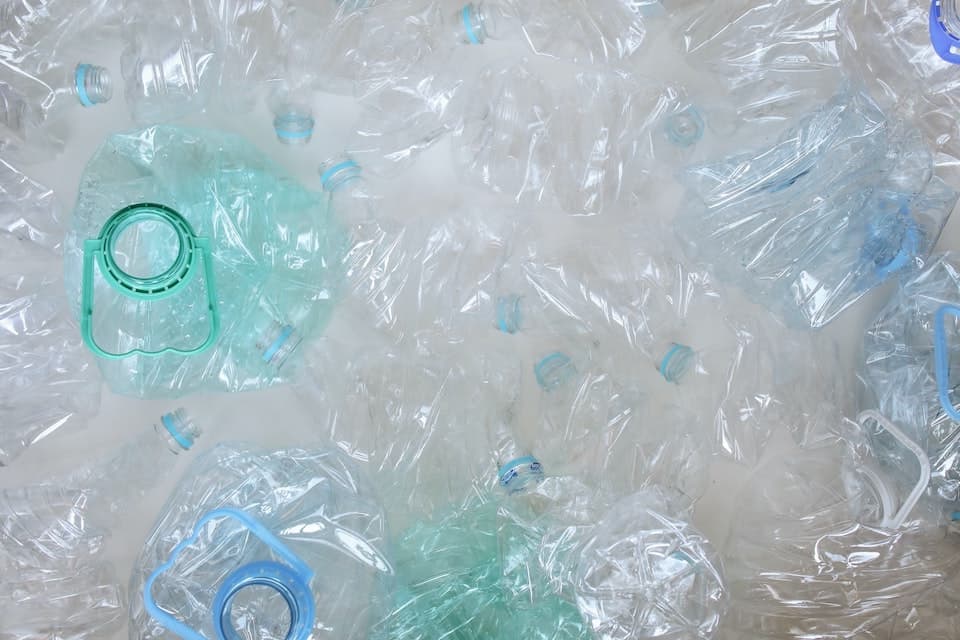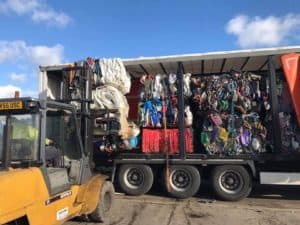Welcome to Trash Island
 Population: Uninhabitable…
Population: Uninhabitable…
The Great Pacific garbage patch, also known as ‘The Pacific trash vortex’, is a highly polluted expanse of the Pacific Ocean. The area has been collecting marine debris for many years, and is estimated to be double the size of Texas. Recent discoveries are now prompting immediate action to take place.
For over two decades scientists have been asking questions and looking for answers regarding the horrendous build-up of waste. The garbage patch was predicted in 1988 by the National Oceanic and Atmospheric Association and then later confirmed to be true in 1997. It would be natural to imagine all sorts of waste floating on the water; debris of all shapes and sizes being pushed aside by boats. Whereas in reality, the garbage patch is mostly built up of semi-degraded plastics that are very small in size, and not easily seen by the naked eye. These pieces of plastics are suspended under the water, and so cannot be seen by satellite imaging. Of course, there are some floating pieces of debris, which is how the build up was discovered by Captain Charles Moore in 1997. The potential for recycling plastics obtained from this area is unparalleled. It would be like opening up hundreds of landfills and plucking out the good bits.
What do we know now?
The most recent discovery is quite astounding. After the tsunami in Japan, 2011, a huge amount of debris was washed into the patch. Consider all of the aquatic machinery and tools that were lost; such as boats, ropes, nets and mooring lines. A new report is claiming that these materials have begun forming together and harbouring marine life, such as mussels and oysters. One such formation is being dubbed ‘Trash Island’, which is asserted to have beaches, a rocky coastline and underwater mountains. There are fears that escalating pollution will only encourage more of these formations, and that those growing already are showing shocking signs of becoming permanent fixtures.
Amazing or awful?
With an estimated 35% of aquatic life having consumed plastic debris at some stage in its life, we have to say that it is most certainly awful. The potential for recycling plastics is huge, and it’s a massive environmental calamity that the garbage patch even exists. Surprisingly, a 2014 report by the Proceedings of the National Academy of Sciences has found that there is less plastic in the ocean than was widely believed.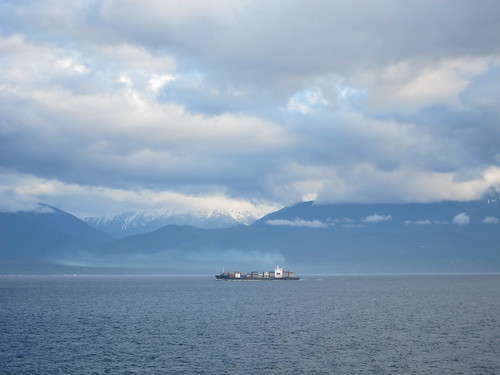
A hopeful solution for ocean pollution?
19 year-old Dutch engineering student Boyan Slat has designed one of the most promising solutions to cleaning up the ocean, and encouraging recycling plastics. The Ocean Cleanup Array is a network of floating processing platforms that collect and store detritus. They are environmentally friendly and have the potential to collect 20 billion tonnes of plastic waste from our oceans. Read more about Boyan’s invention here.
Ultimately, it’s too late for a ‘who dunnit?’, so now we have to stop and ask, ‘who’ll fix it?’.

